Perk Up with 6 Tasteful Malaysian Drinks
Lighten your mood and rejuvenate your senses with 6 must-try Malaysian drinks!
Discover the authentic in Asian cuisine food
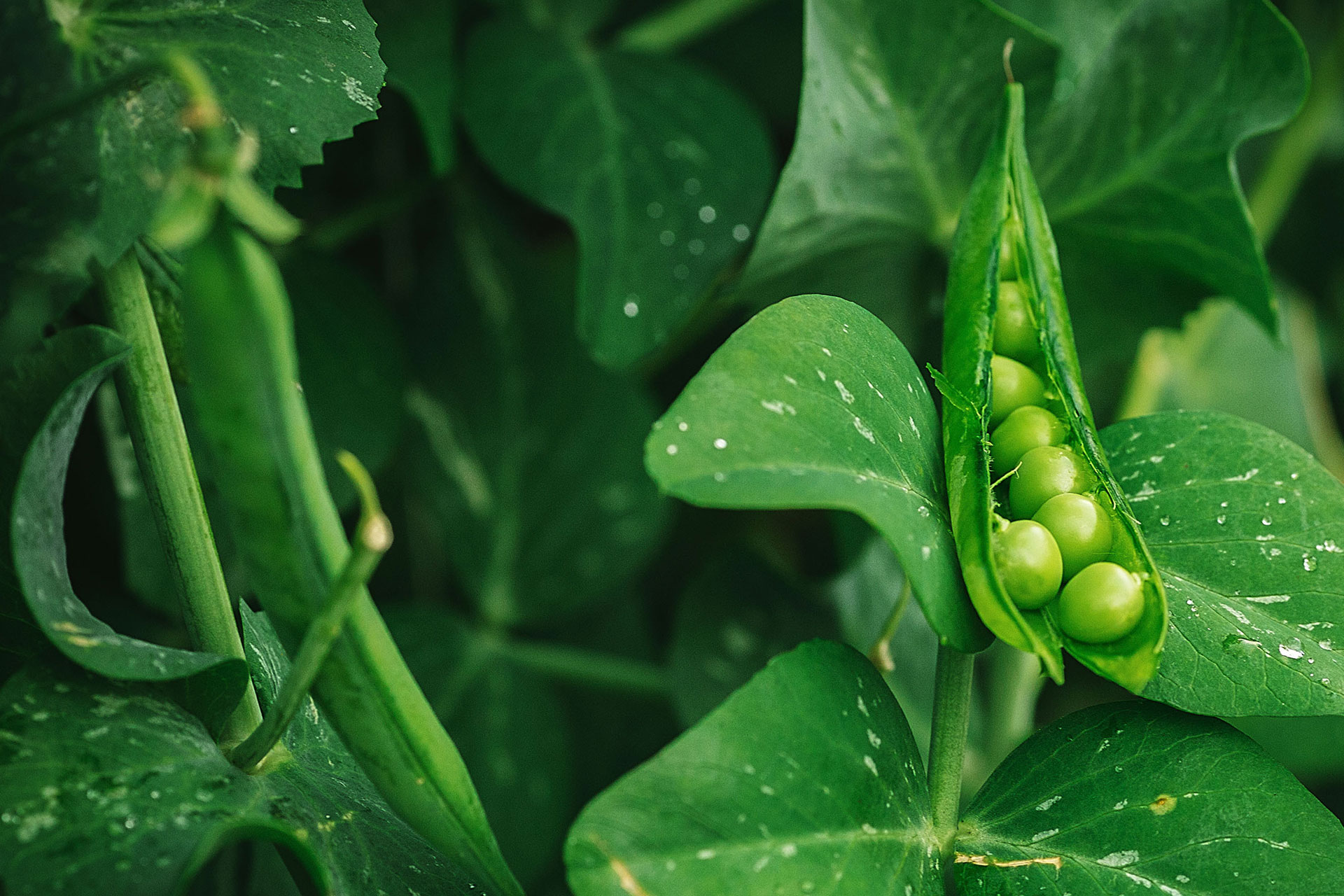
Pretty much all cultures around the world enjoy beans and peas. In fact, legumes are among the oldest foods, with the earliest traces of their cultivation dating back to millennia ago in various ancient civilizations. They have been a popular Asian ingredient for just as long, and remain a core vegetable in their cuisines. They’re also generally low in calories, packed with protein, calcium, antioxidants, fibre, vitamins and minerals. Keeping them in your diet can lower blood sugar, blood pressure and help maintain your gut health.
Asian legumes can be a side-dish, appetizer, snack, topping, dessert, and flavour-balancing ingredient. Often enjoyed in hearty meat dishes, seafood delights, and wholesome salads.
Here are the 6 common ones you should try!
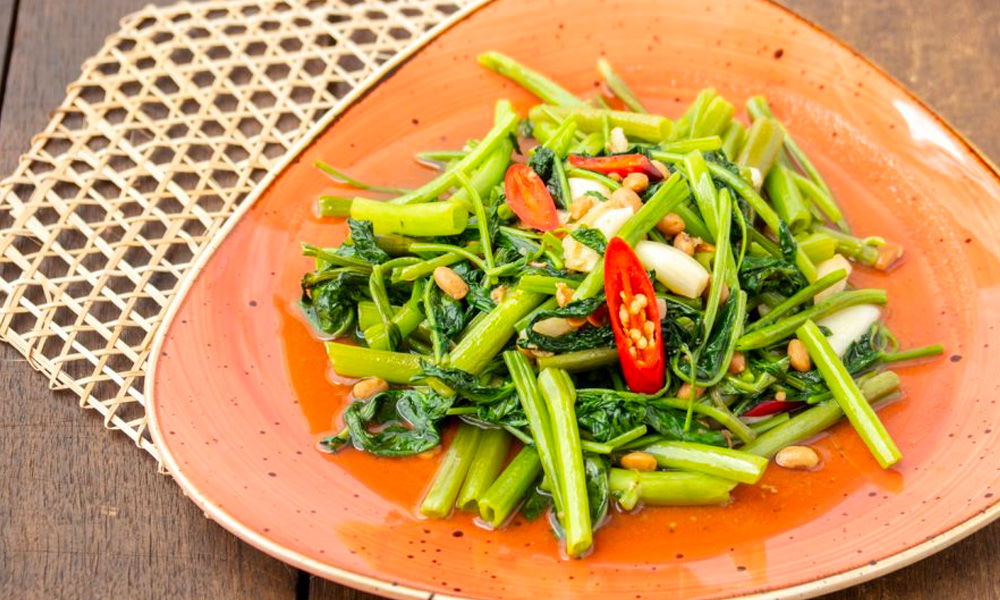
Native to East Asia, the soybean has long since become practically inseparable from Asian cuisines. Just think tofu, tempeh, soy milk, soybean pastes like Japanese Miso and Korean Doenjang and spicy Gochujang, as well as the myriad flavours of soy sauces. Besides fermented goodies, the beans themselves are a delicacy too. Japanese Edamame are actually young soybeans, harvested along with their pods before they ripen, thus the fresh green colour. They have a delicate sweet nutty flavour, and firm, soft texture. A delight to chew, and awesome in many delish recipes. Meanwhile, soybean sprouts are great for soups, like in this traditional Korean comfort treat. Matured yellow soybeans have a richer aroma and softer texture, yummy for stir-fries or as a flavour-booster for Chinese soup stocks.
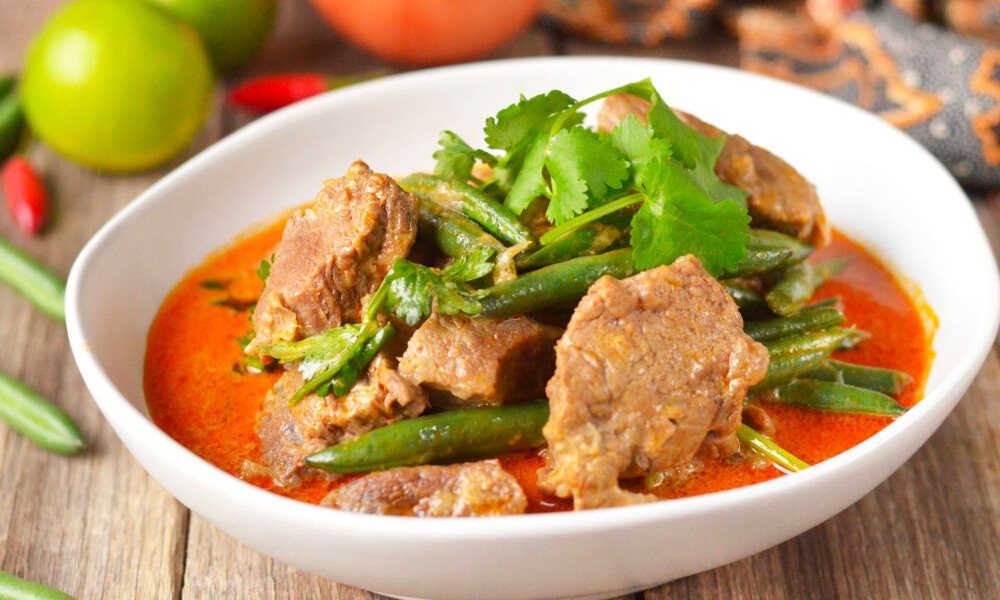
Also known as yardlong bean and snake bean, the long bean is always enjoyed in their stalk-like pods. Enjoyed both fresh and cooked in Asian cuisines. The young shorter pods are commonly called green bean. They have a firm, crunchy and supple texture that adds a tasty dynamic to a dish. Sweet nutty flavour and mild earthy aroma that can blend and balance with bold-tasting ingredients. Versatile for salads, stir-fries, curries, soups and more. Pairs well with meat and seafood. Tasty on their own as well. Savour them in this creamy, piquant potato salad; a sumptuous braised pork noodles; easy stir-fries with anchovies, tofu, minced pork, chicken or prawns; succulent slow-cooked beef curry indulgence; or just dice them up for a simple homely omelette.
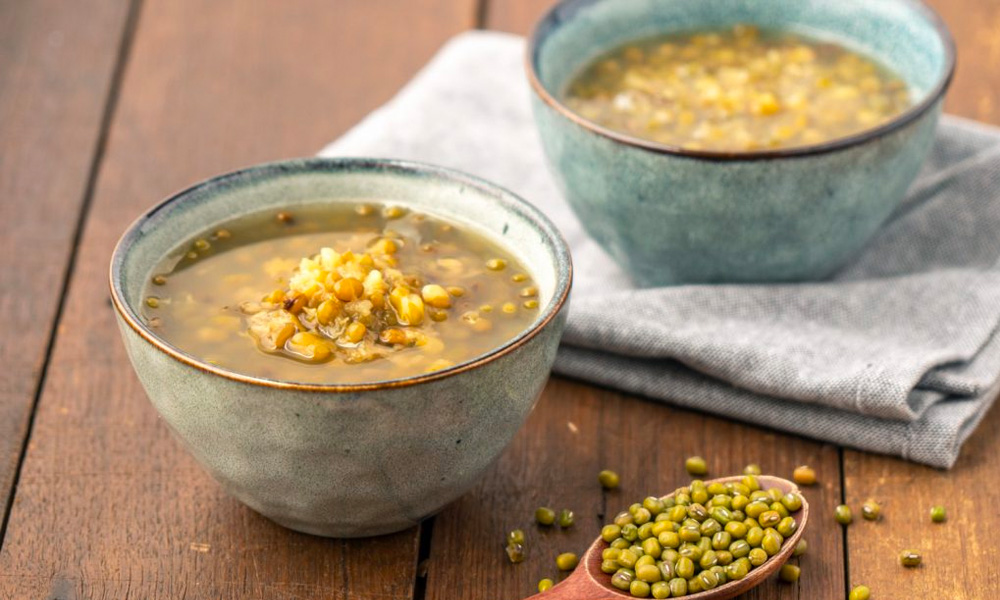
Tiny and olive-coloured, mung bean originated from India and settled into Asian cuisines since the ancient sea-trading era. Refreshing and crunchy as a sprout vegetable topping in salads, stir-fries and soups. Mung beans can also be turned into a glassy thin and tender vermicelli noodle with a light nutty aroma. Their dried whole-beans are cooked into a sweet dessert soup. Or ground into a flour to make yummy pastries and desserts. Come have a taste of our recipes collection for all the mung bean goodies you can savour!

Similar to mung bean, but in vibrant red colour and with a richer sweet nutty flavour and fragrance. Red beans are native to China, beloved in Japan and across Asian cuisines. Whole red beans or red bean pastes are used to make a range of delightful comfort desserts. Have a slurp of sweet and soothing red bean soup. Enjoy a soft and sweet Japanese Dorayaki pancake, the classic heartthrob mochi, or refresh your palate with a matcha red bean drink. Bite into warm and fluffy steamed red bean bun, joyful Korean doughnut-balls, or cool off with an icy-smooth Malaysian red bean popsicle.
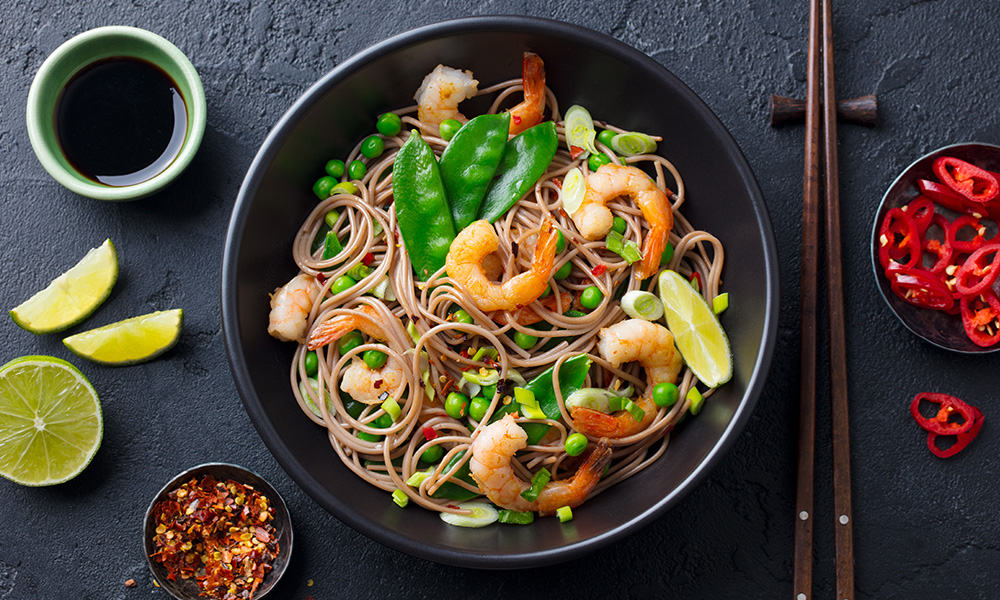
Snow peas are grown year round, and can endure frosty winters, hence the name. First mass cultivated and made popular during Edo period Japan around the 1600s-1800s, long since spread across Asia and the rest of the world. Commonly enjoyed in their curved pods, snow peas give a tender fibrous bite and mild nutty flavour. They soften in high-heat cooking, and are most yummy in stir-fries. Similar to long beans, snow peas also taste great with meat, seafood and other veggies. They add a textural dimension to your cooking, and may temper other bold-flavoured ingredients. Have it diced and mixed with crunchy enoki mushrooms in this appetizing Vietnamese roll. Cook them whole with broccoli and Edamame for this magnificent green tea soba salad. Savour an umami salmon soba with snow peas, or these four wholesome and tasty treats.
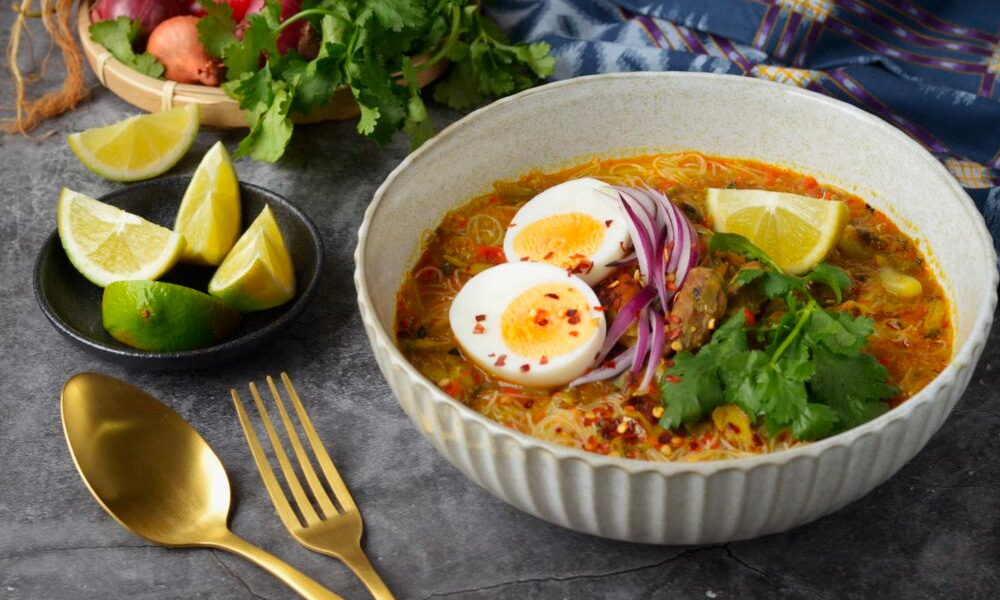
Roundish and amber-coloured, chickpeas have a distinctive earthy and nutty fragrance that’s pleasant and appetizing on the tongue. They turn tender when cooked, and can crumble into a creamy paste when slow-cooked for long hours. In Southeast Asia, deep fried chickpeas are a street food snack. Blanched chickpeas make an easy side-dish. They’re also great for a creamy spicy curry with pumpkin, and this umami modern Japanese special. Chickpeas are also ground into a fine flour to thicken the spicy savoury Myanmar national soup, Mohinga.

Besides the 6 popular legumes, Southeast Asia is home to 2 unique tropical beans that are darlings in their cuisines. First, is the stinky broad bean Petai with a crunchy bite, bold nutty-sweet flavour and a nose-stinging pungent smell. Arguably, an acquired taste, but Malaysian, Indonesian and Singaporean cuisines absolutely love them in zesty stir-fries with seafood, or even as a raw veggie snack to dip with spicy sambal. Want to try it? Brace your nose and taste-buds with this fiery anchovies stir-fry.
The other Southeast Asian special bean is the winged bean. An oblong four-sided crunchy treat with a delicate herb-like flavour and mild sweet taste, without any funky aroma. Also amazing in spicy stir-fries, and goes great with meats and seafood.

Lighten your mood and rejuvenate your senses with 6 must-try Malaysian drinks!

Pair your hearty barbecues with these refreshing Asian delights!

What are the properties of ginger, and how to pick, store and use ginger in your cooking? Find out here!